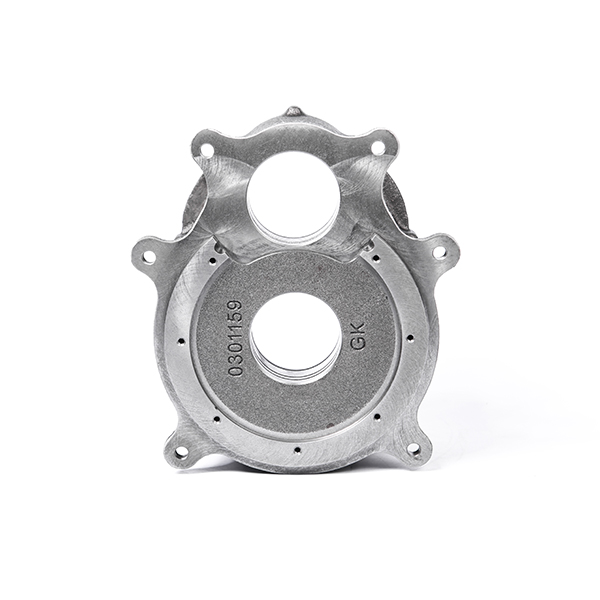Mobile:+86-311-808-126-83
Email:info@ydcastings.com
Aluminium Alloy Die Casting Techniques and Applications in Modern Manufacturing
Understanding Aluminium Alloy Die Casting Benefits, Applications, and Processes
Aluminium alloy die casting is a manufacturing process that involves pouring molten aluminium into a mold to create precise and complex shapes. This process has gained immense popularity across various industries due to its numerous advantages, including high production rates, excellent dimensional stability, and the ability to produce intricate geometries. As we delve into the intricacies of aluminium alloy die casting, we will explore its benefits, applications, and the key stages involved in the casting process.
Benefits of Aluminium Alloy Die Casting
1. Lightweight and Strong Aluminium alloys possess a remarkable strength-to-weight ratio, making them an ideal choice for industries where weight reduction is critical. Components produced through die casting are not only lightweight but also exhibit high structural integrity, which is essential for durability and performance.
2. Complex Shapes with Fine Details The die casting process enables the production of finely detailed components with complex geometries that would be challenging to achieve through other manufacturing methods. This capability allows designers greater flexibility, facilitating innovative product designs.
3. Cost-Effectiveness Once the die is created, the die casting process can produce large quantities of parts with minimal waste and high speed, reducing overall production costs. The efficiency of the process, coupled with the ability to use recycled materials, results in significant savings, particularly for high-volume production runs.
4. Excellent Surface Finish The die casting process typically results in components with a superior surface finish compared to other casting methods. This quality reduces the need for extensive post-processing, allowing for a more straightforward finishing process, saving time and money.
5. Thermal and Electrical Conductivity Aluminium alloys offer excellent thermal and electrical conductivity, making them suitable for applications in electronics, lighting, and automotive industries where efficient heat dissipation is necessary.
Applications of Aluminium Alloy Die Casting
Aluminium die casting is used in a wide variety of sectors, including
- Automotive Industry Parts such as engine blocks, transmission cases, and various housings are often produced using aluminium die casting. The lightweight nature of aluminium facilitates improved fuel efficiency and enhances vehicle performance.
- Aerospace The aerospace sector benefits greatly from aluminium die casting due to its lightweight and strength properties, making it ideal for components in aircraft, such as brackets, housings, and structural elements.
aluminium alloy die casting

- Electrical and Electronics From housings for electronic devices to heat sinks, aluminium die casting is extensively used in producing components that require effective heat dissipation and robust structural integrity
.- Consumer Products Many consumer items, including appliances, tools, and furniture hardware, are manufactured using aluminium die casting for their aesthetic appeal and durability.
The Die Casting Process
The die casting process involves several key steps
1. Mold Creation A precision die is designed, often from steel or other durable materials, to create the cavity that will mold the molten aluminium. The cost of die creation can be high, but it pays off through high production volumes.
2. Melting Aluminium alloys are melted in a furnace, reaching temperatures around 700 to 800 degrees Celsius. Proper temperature control is essential to ensure the molten metal flows readily into the mold.
3. Injection The molten aluminium is injected into the die cavity under high pressure, ensuring that it fills all intricate details of the die. The pressure helps eliminate air pockets, resulting in a denser and stronger product.
4. Cooling After the molten metal fills the mold, it is allowed to cool and solidify. The cooling time depends on the part’s thickness and complexity.
5. Ejection Once cooled, the die is opened, and the finished component is ejected. Additional finishing processes, such as machining or surface treatment, may follow to achieve the desired specifications.
Conclusion
Aluminium alloy die casting is a highly efficient and versatile manufacturing process, providing a stream of benefits that cater to the demands of modern industries. Its unique attributes make it a preferred choice for producing lightweight, complex, and durable components essential for various applications. As technologies advance and sustainability becomes increasingly critical, aluminium die casting will likely play a significant role in developing innovative, eco-friendly solutions to meet future manufacturing needs.
-
Why Should You Invest in Superior Pump Castings for Your Equipment?NewsJun.09,2025
-
Unlock Performance Potential with Stainless Impellers and Aluminum End CapsNewsJun.09,2025
-
Revolutionize Your Machinery with Superior Cast Iron and Aluminum ComponentsNewsJun.09,2025
-
Revolutionize Fluid Dynamics with Premium Pump ComponentsNewsJun.09,2025
-
Optimizing Industrial Systems with Essential Valve ComponentsNewsJun.09,2025
-
Elevate Grid Efficiency with High-Precision Power CastingsNewsJun.09,2025











